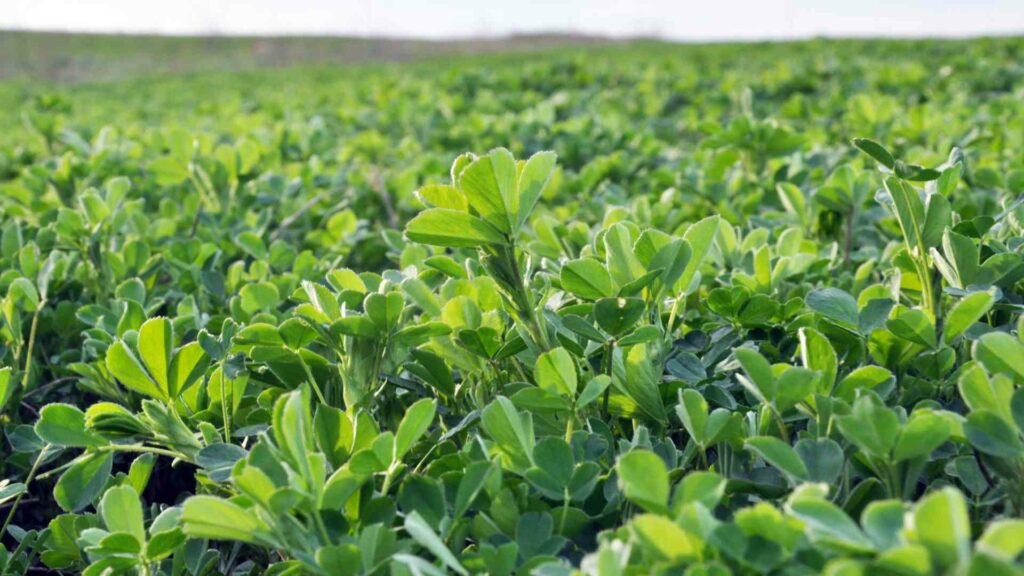Boron: One of the Major Nutrients in Crop Management
Crop Management is a dedicated branch of agriculture that specializes in the identification, diagnosis, and treatment of plant diseases. It also includes weed control, fertilizer use as well as irrigation, and related technical knowledge, consisting primarily of soil chemistry. Crop management is the process by which plants are grown and harvested. Without this, we would be unable to produce enough food to feed the world population. Humanity must survive as a species.
Boron is a natural mineral that plays an essential role in the growth, development, and health of plants. As such it can be considered as one of the most important micronutrients for plant life. It aids many physiological processes including leaf formation and root development by acting as a cofactor to enzymes that catalyze biochemical reactions. Additionally, it has been found to have some pest-protective properties against insects such as nematodes along with fungi like powdery mildew. Furthermore, recent studies have shown that high doses of boric acid applied early in a crop season or sprayed on fields at the flowering time were effective against aphids while low rates did not affect them.
Boron is one of the major nutrients in crop management and should be added to the soil each year. It benefits plants by helping them use other nutrients more efficiently, as well as providing many essential plant hormones that regulate growth and development. The role of boron in improving nutrient uptake has been demonstrated in many studies around the world since 1943. Boron is widespread in the dirt, so it’s usually just spread over fields before planting starts. Higher levels can increase yields significantly after a couple of seasons.
BORON FOR PLANT GROWTH THROUGH NUTRIENT UPTAKE

Boron feeds the world
The robust growth and functioning of all living organisms, including plants, requires a well-balanced uptake of nutrients from the environment. However, nutrients are not always readily available in the environment at the organisms’ optimal levels.
This issue is exacerbated for sessile plants which take up essential minerals, required for their growth and functioning, from the soil in which the nutrient concentrations are mainly determined by elemental contents of igneous rocks. Most soils are either deficient or above essential elements ( Roy et al., 2006 ).
Plants have therefore evolved to take up these essential minerals from the soil in a regulated manner over a wide range of concentrations through their roots, conveying the nutrients to the rest of the plant body via the vascular network. For a well-balanced uptake of nutrients from soils by roots, nutrient transport processes need to be regulated in a nutrient-dependent manner, which constitutes one of the essential processes for plant growth and crop production. (elifesciences.org)
Nutrient uptake by roots often involves substrate-dependent regulated nutrient transporters. For robust uptake, the system requires a regulatory circuit within cells and collective, coordinated behavior across the tissue.
A paradigm for such systems is boron uptake, known for its directional transport and homeostasis, as boron is essential for plant growth but toxic at high concentrations. In Arabidopsis thaliana, boron uptake occurs via diffusion facilitators (NIPs) and exporters (BORs), each presenting distinct polarity. Intriguingly, although boron soil concentrations are homogenous and stable, both transporters manifest strikingly swift boron-dependent regulation.
Through mathematical modeling, we demonstrate that slower regulation of these transporters leads to physiologically detrimental oscillatory behavior. Cells become periodically exposed to potentially cytotoxic boron levels, and nutrient throughput to the xylem becomes hampered. We conclude that, while maintaining homeostasis, swift transporter regulation within a polarized tissue context is critical to prevent intrinsic traffic-jam-like behavior of the nutrient flow.





